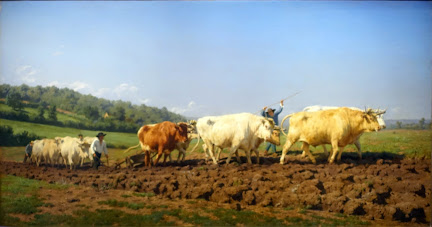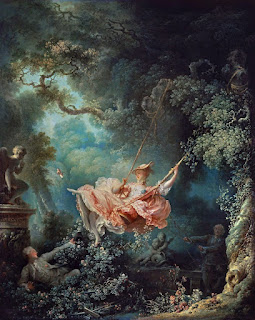Globalization in Modern Art - How the World Has Shrunk

The World used to be such a big place. Until 200 years ago, man sailed the oceans with...sails. Before the advent of the steam engine and paddle wheel, to the modern engine and propellers on both ships and airplanes it took literally years to traverse the globe, a feat that now can be measured in hours in the air or weeks on a ship. It was only 70 years ago "shipping containers" that could come off a trailer and be stacked on deck of a cargo ship were conceived. Now likely everything within reach of any of us has spent time in a container. Malcolm McLean, the inventor of the shipping container. It enabled us to load a container, put it on a trailer, leave it loaded, take it off the trailer and onto a cargo ship going across oceans, then off the ship onto another trailer to be dragged to very near it's destination, where it would be opened and it's contents dispersed, possibly a half a globe away from point or origin, or further. Las Colinas Ben Carp


